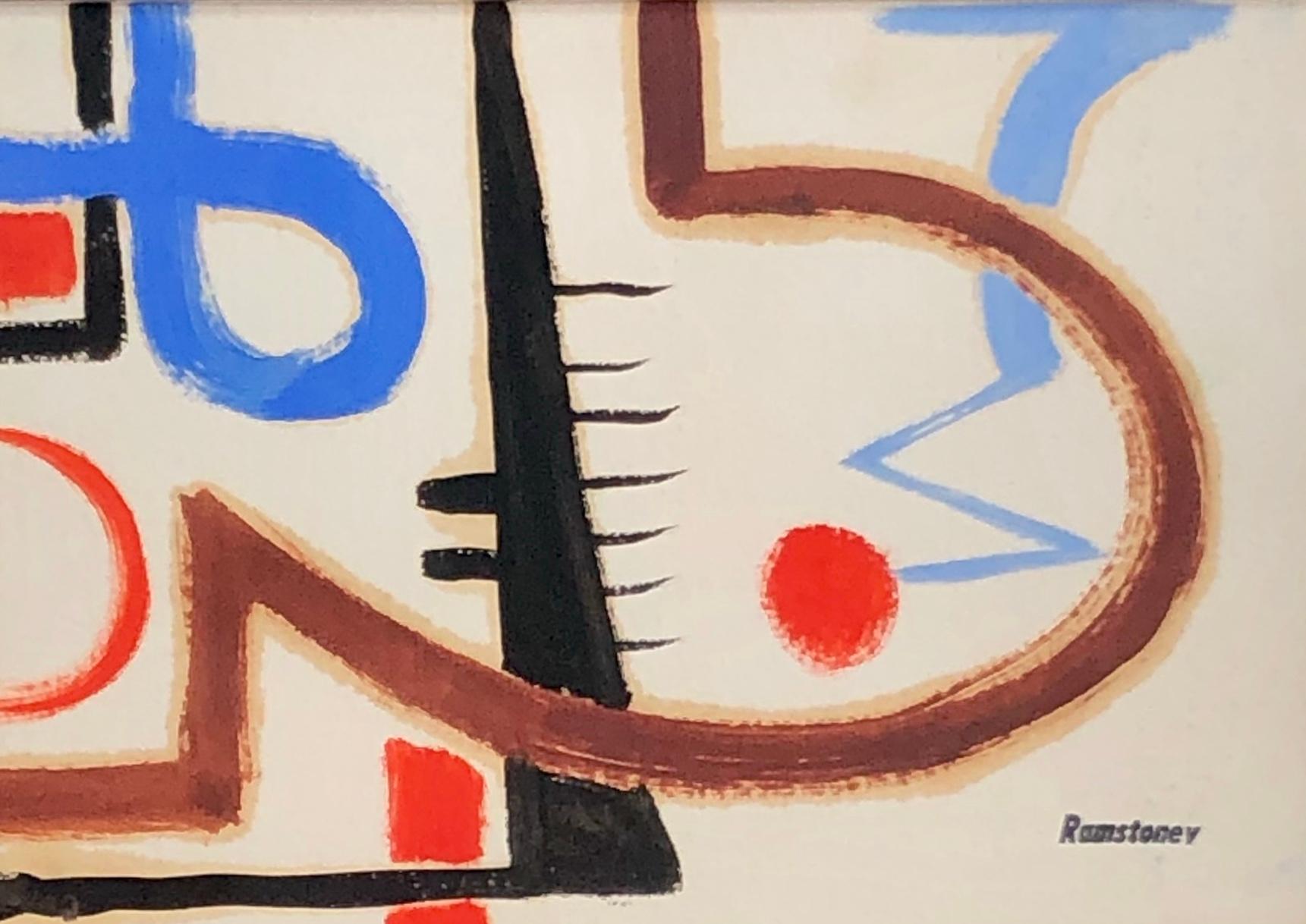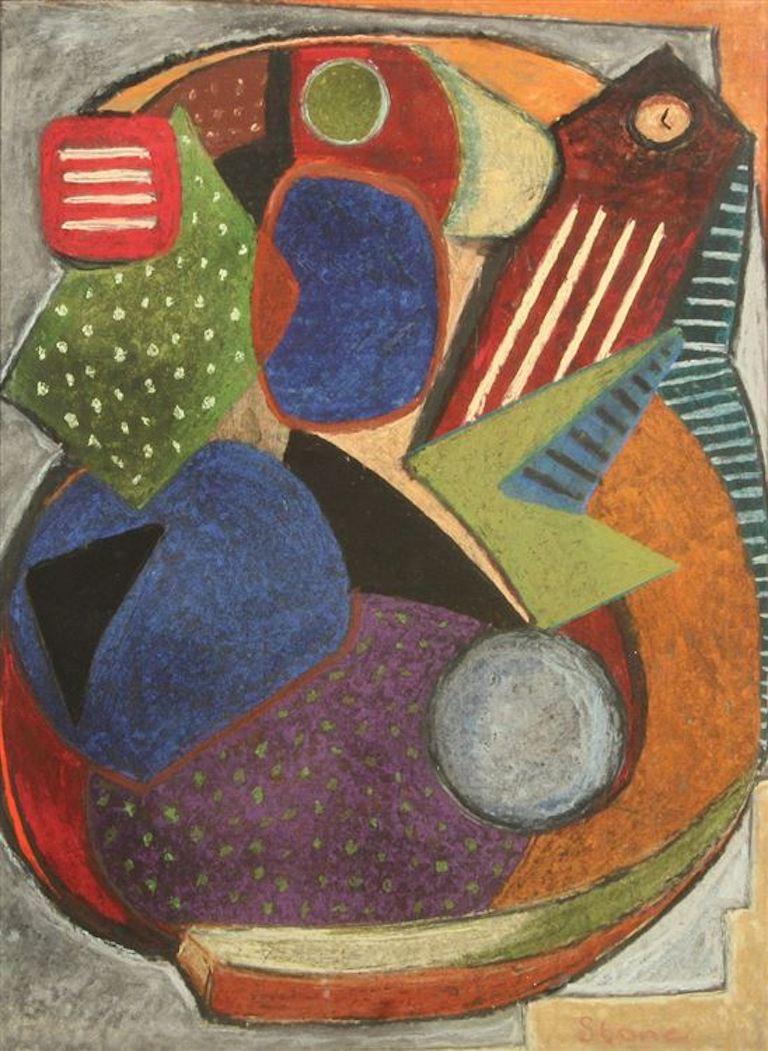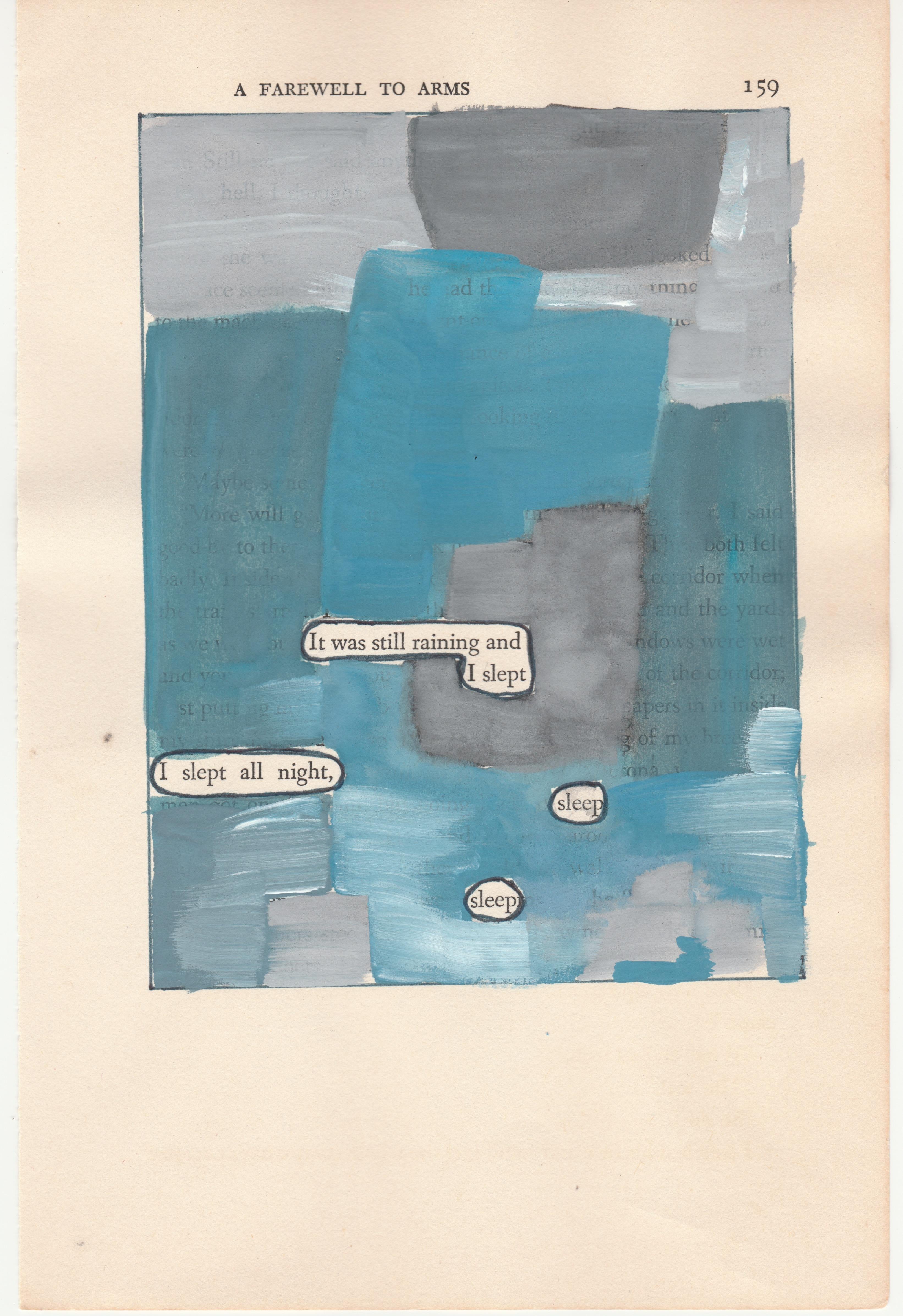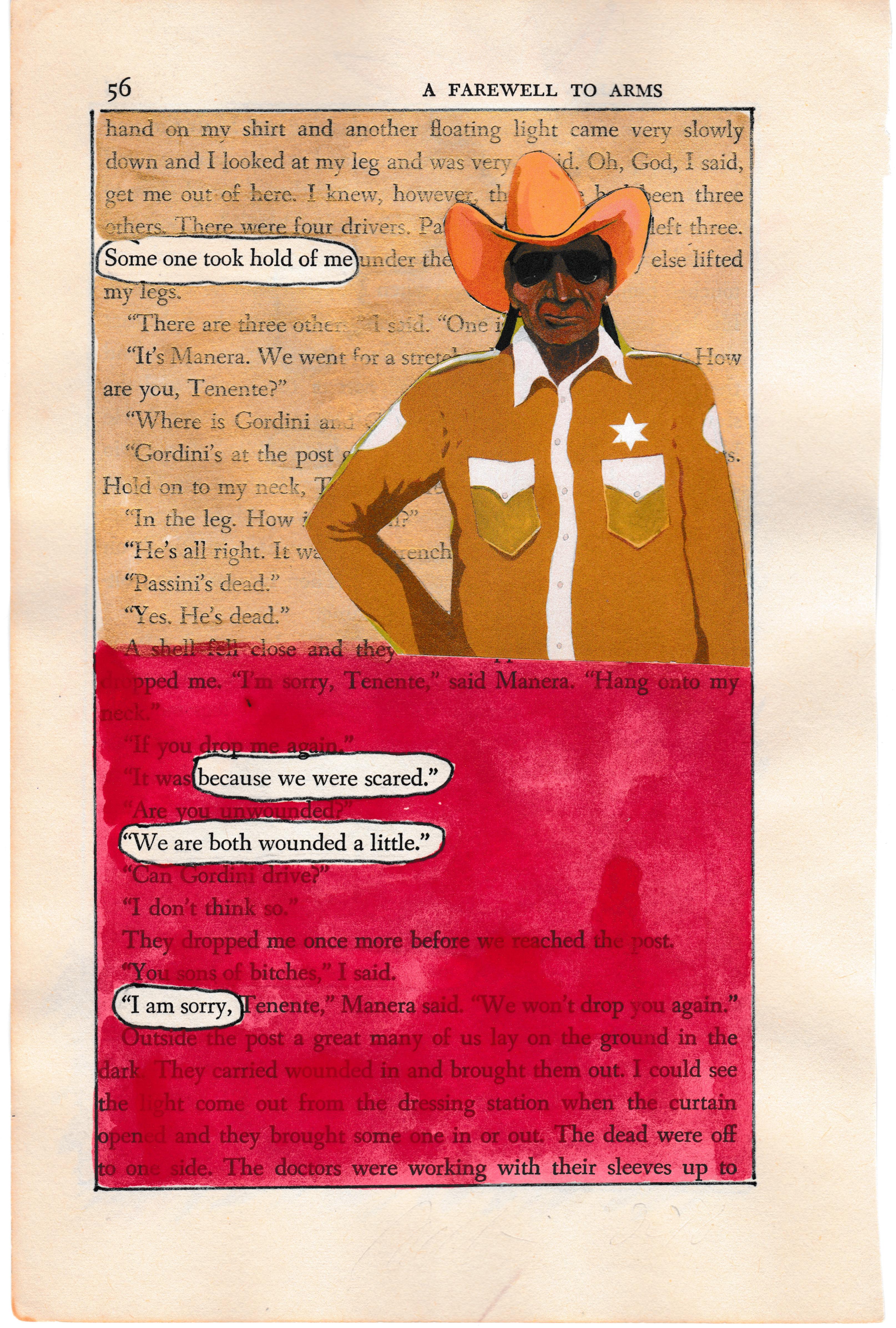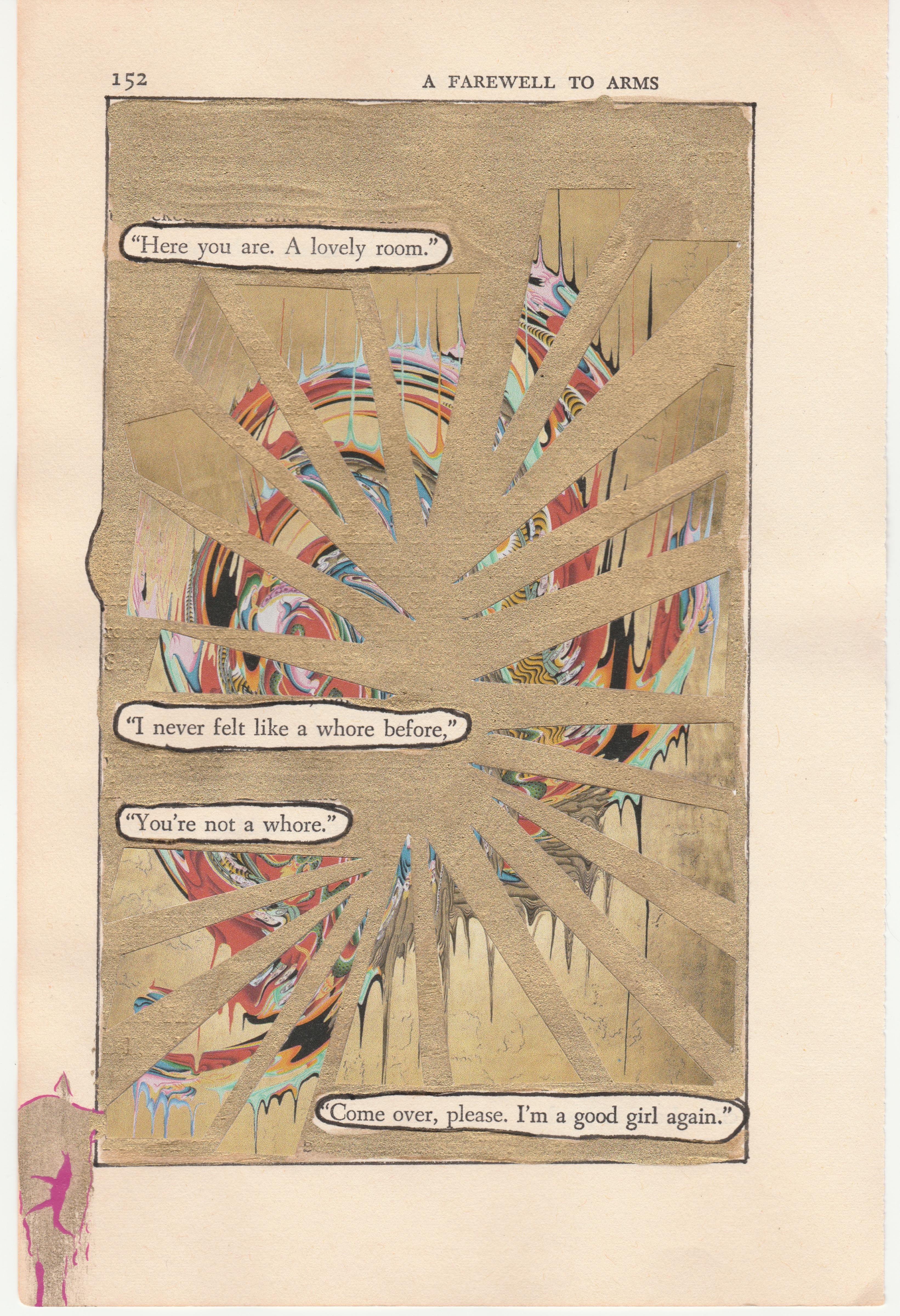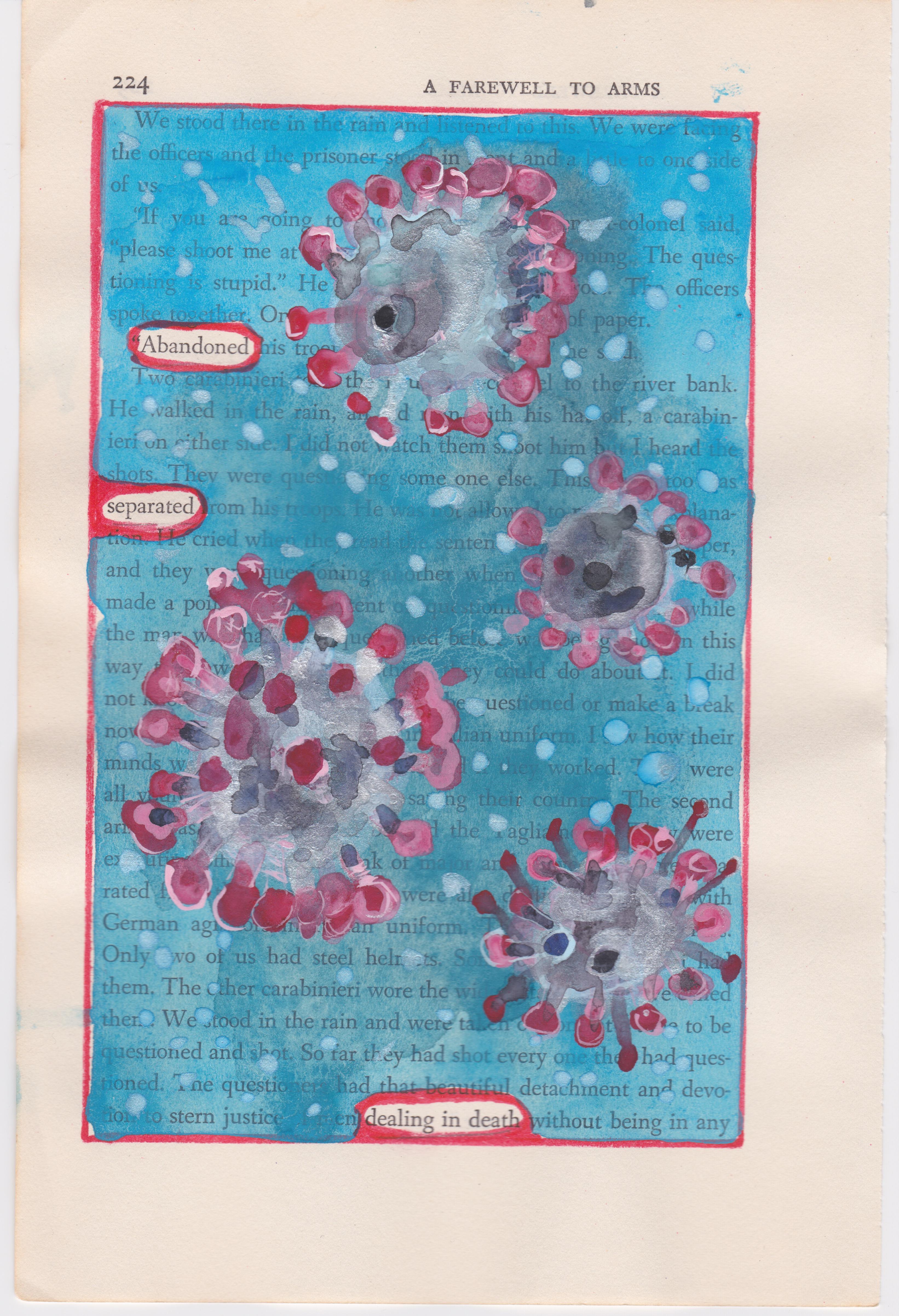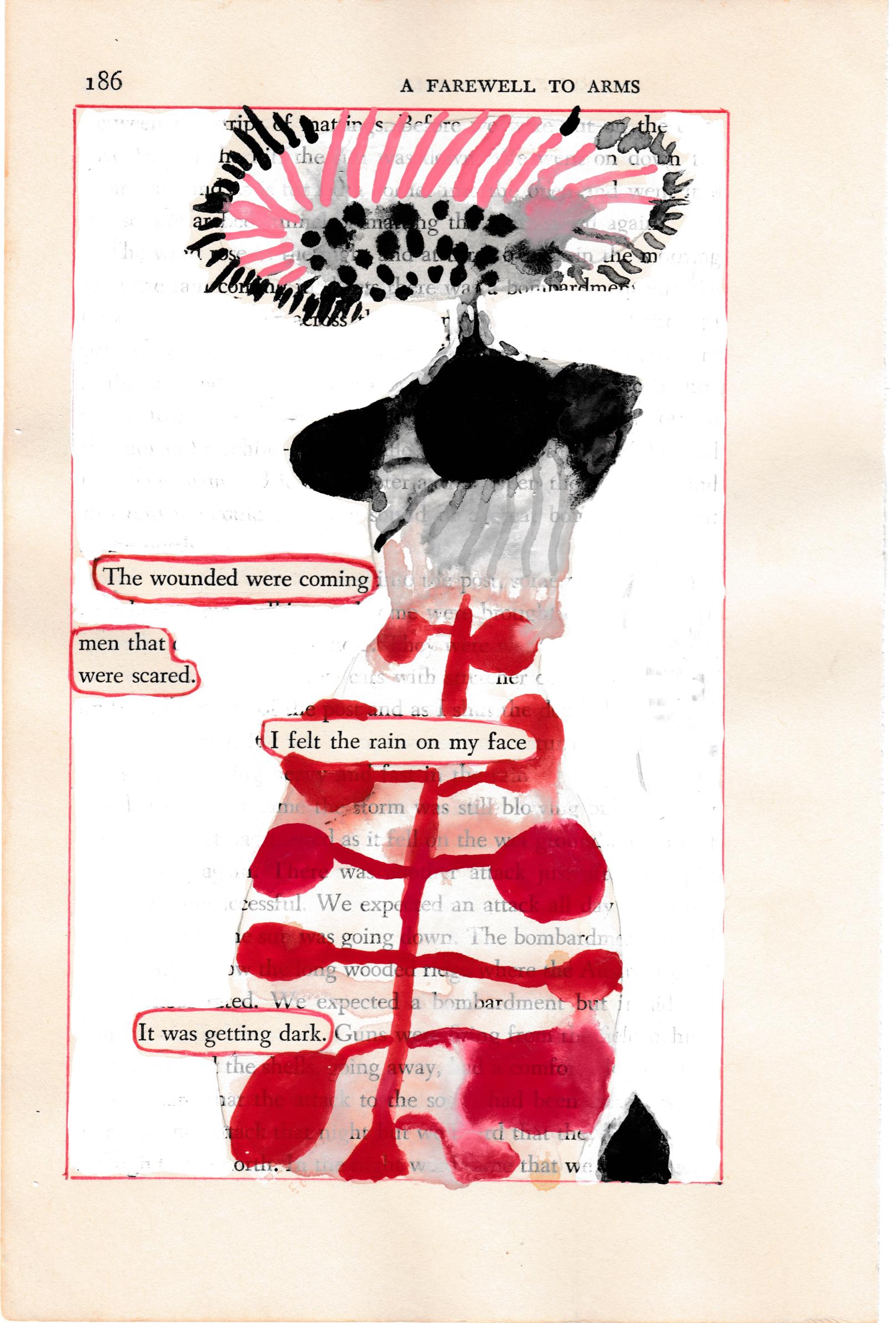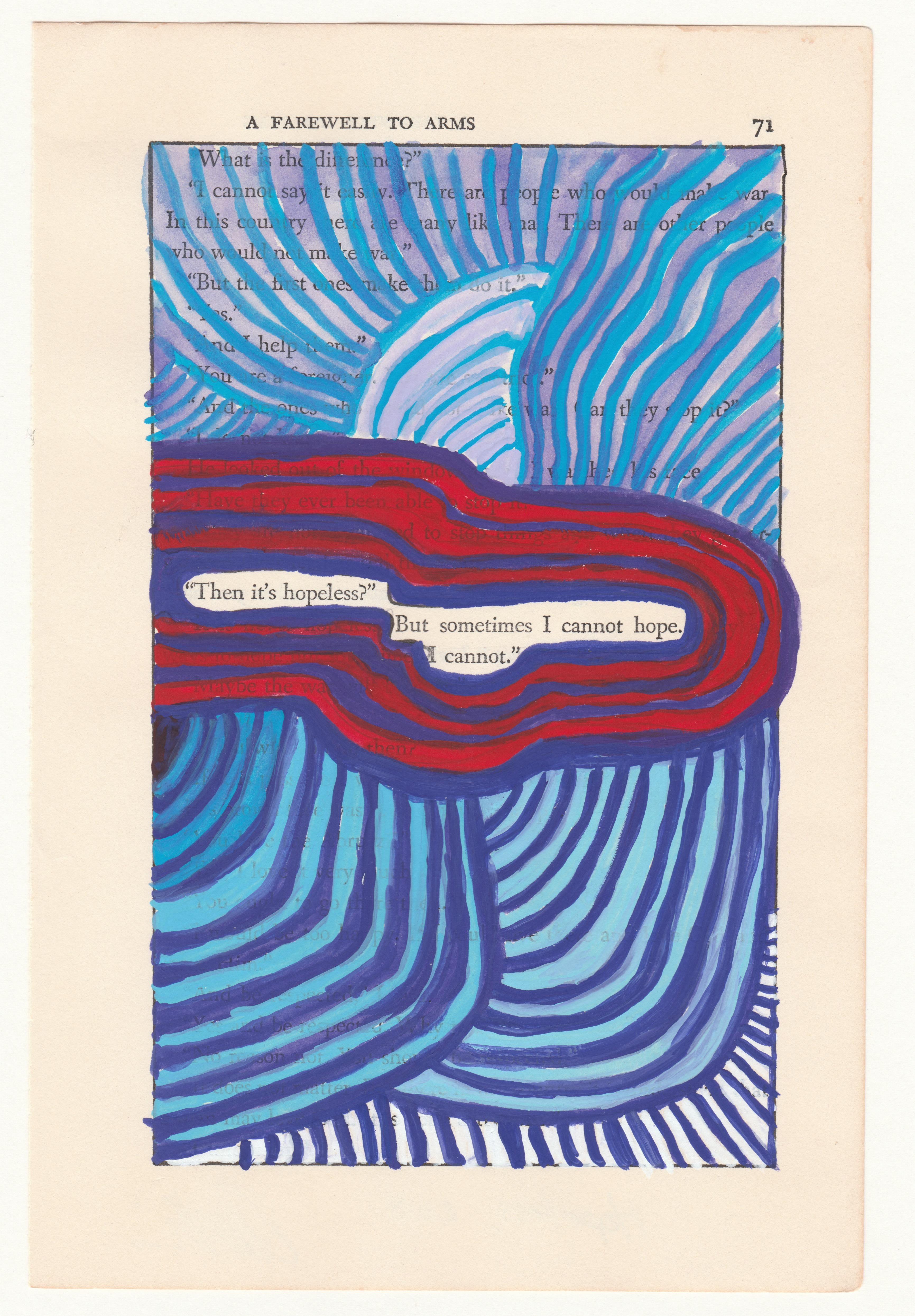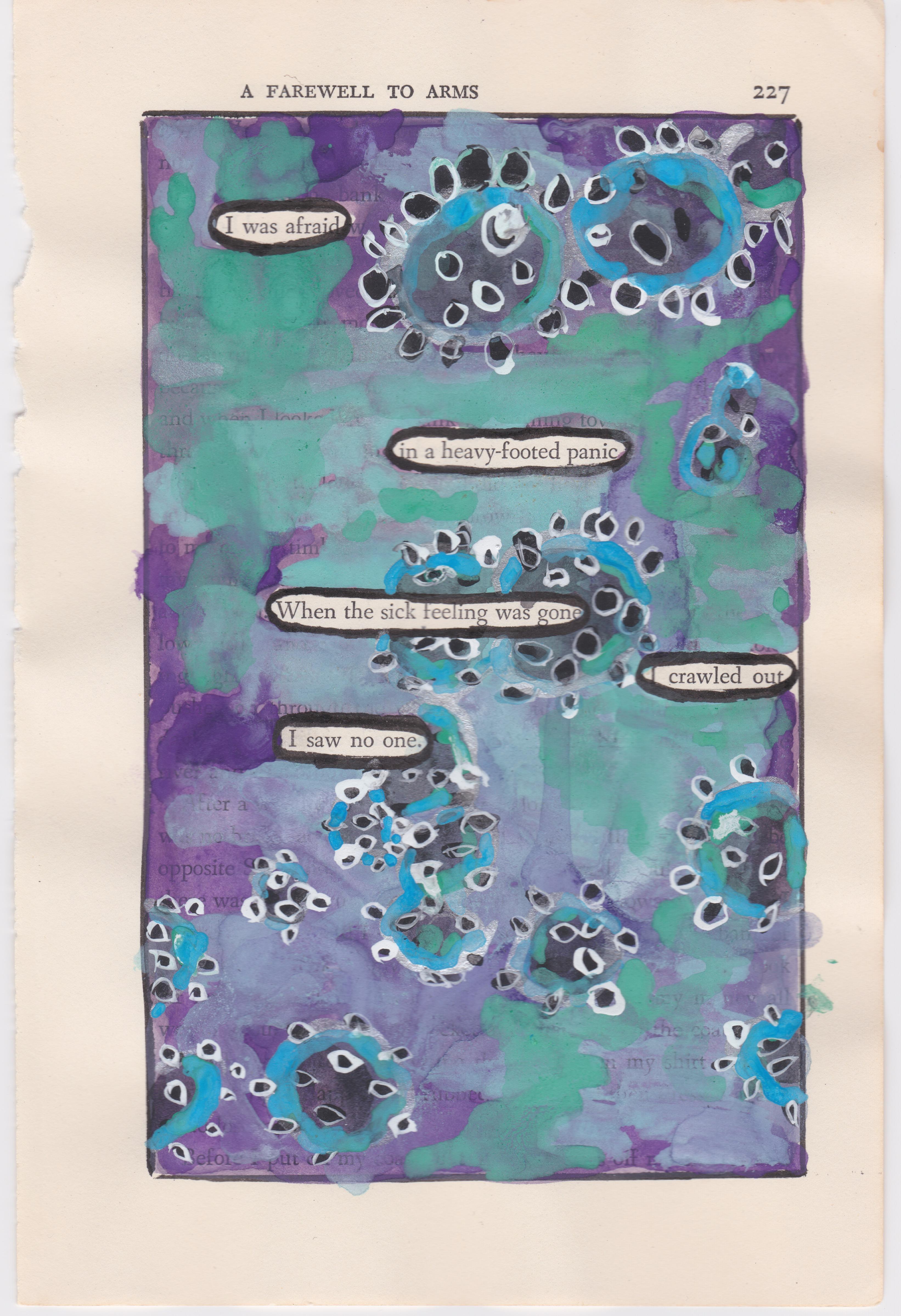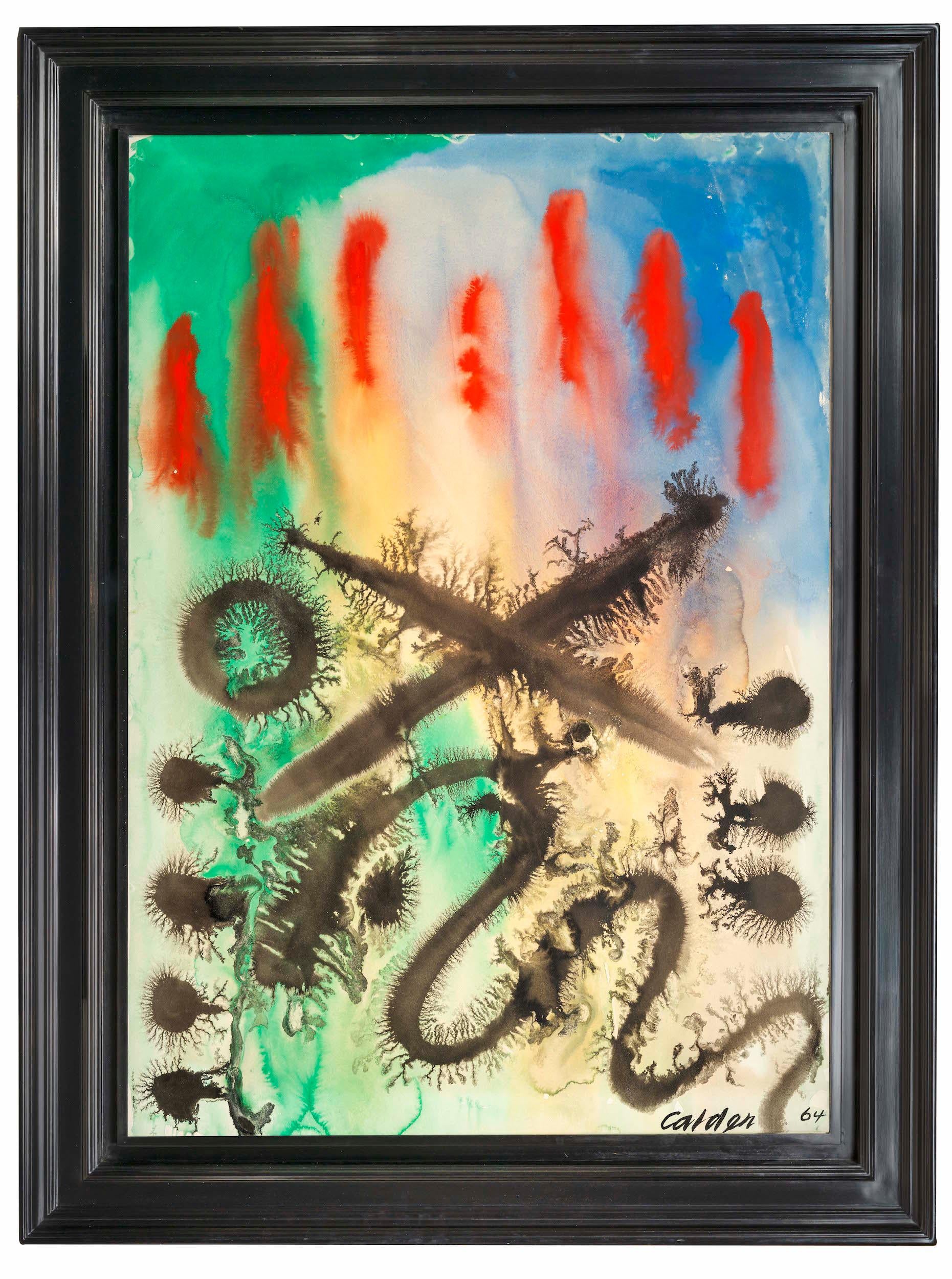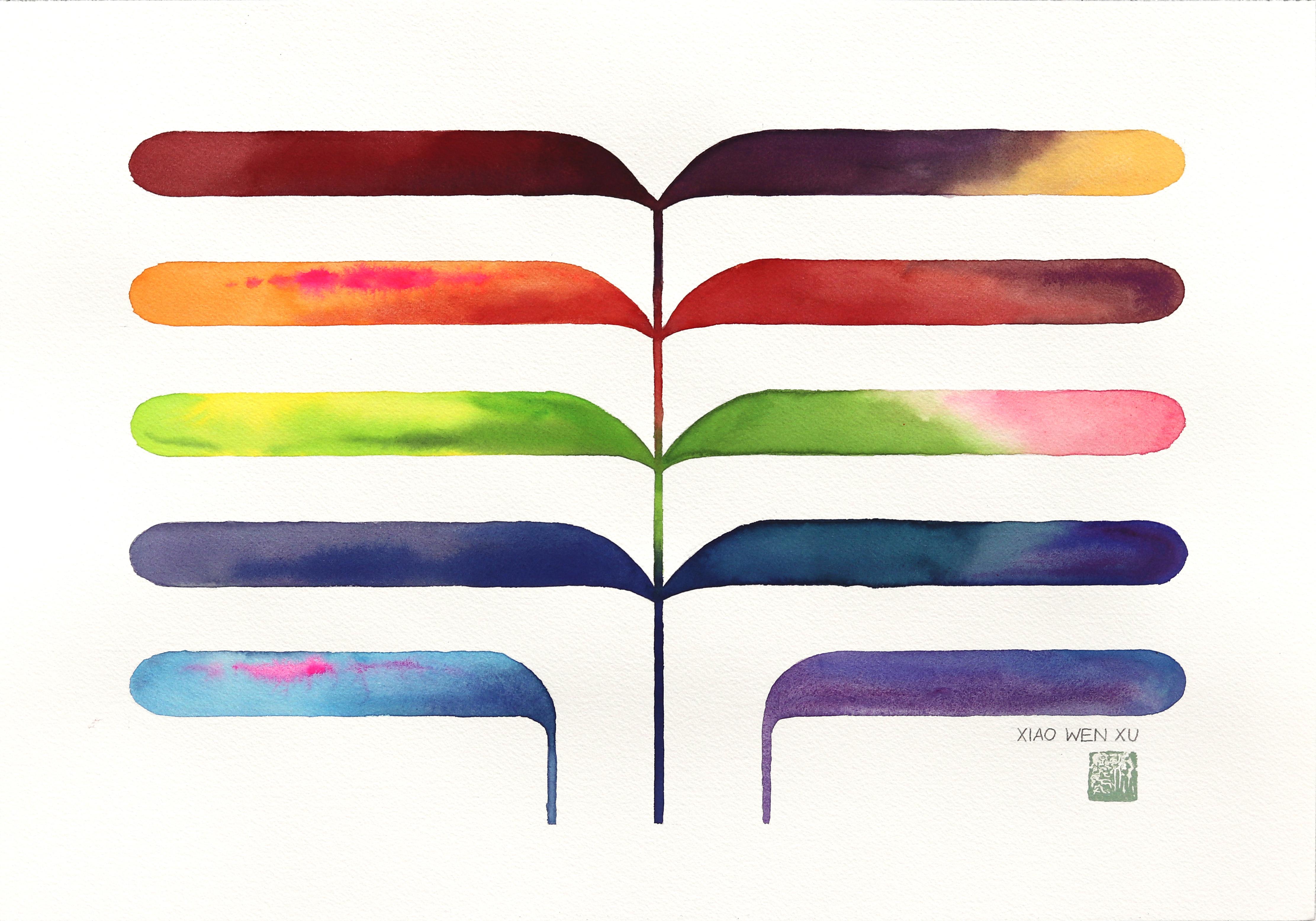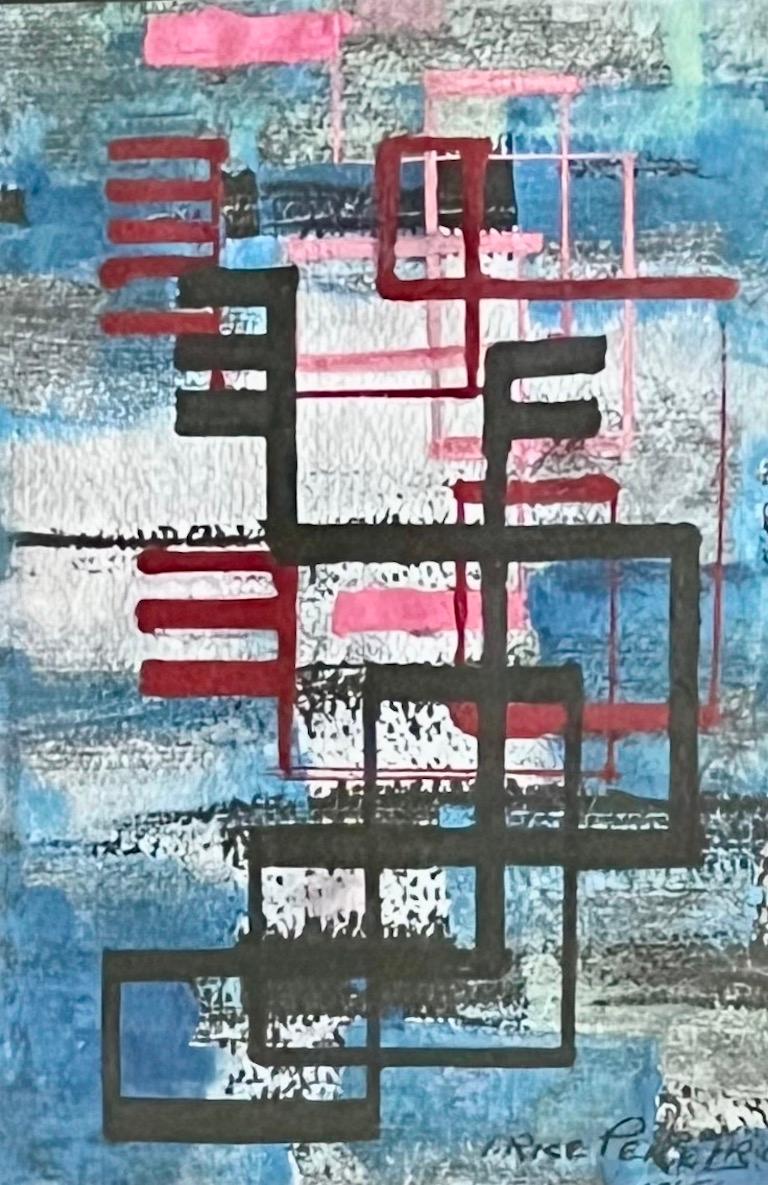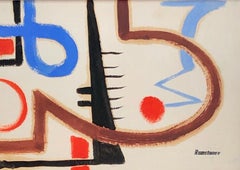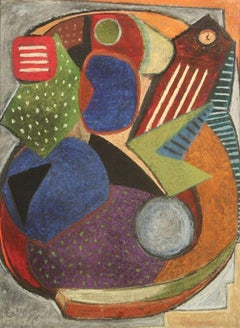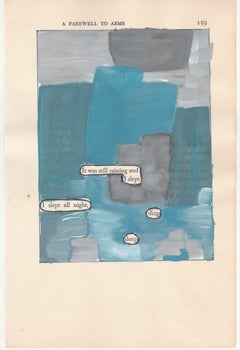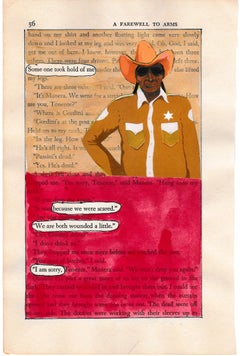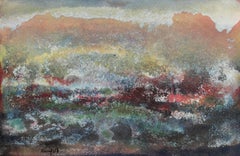
Textured Mixed Media Abstracted Landscape, Circa 1960s
View Similar Items
1 of 5
Morris KronfeldTextured Mixed Media Abstracted Landscape, Circa 1960sCirca 1960s
Circa 1960s
About the Item
- Creator:Morris Kronfeld (1914 - 2011, American)
- Creation Year:Circa 1960s
- Dimensions:Height: 13 in (33.02 cm)Width: 19.75 in (50.17 cm)Depth: 0.07 in (1.78 mm)
- Medium:
- Movement & Style:
- Period:
- Condition:Minor wear.
- Gallery Location:San Francisco, CA
- Reference Number:Seller: 994661stDibs: LU29822864983
Authenticity Guarantee
In the unlikely event there’s an issue with an item’s authenticity, contact us within 1 year for a full refund. DetailsMoney-Back Guarantee
If your item is not as described, is damaged in transit, or does not arrive, contact us within 7 days for a full refund. Details24-Hour Cancellation
You have a 24-hour grace period in which to reconsider your purchase, with no questions asked.Vetted Professional Sellers
Our world-class sellers must adhere to strict standards for service and quality, maintaining the integrity of our listings.Price-Match Guarantee
If you find that a seller listed the same item for a lower price elsewhere, we’ll match it.Trusted Global Delivery
Our best-in-class carrier network provides specialized shipping options worldwide, including custom delivery.You May Also Like
MODERNIST DRAWING New Hope Mid-Century WPA Abstract Non-Objective Jazz Modern
By Ramstonev (Ramsey/Stone/Evans co-operative)
Located in New York, NY
MODERNIST DRAWING New Hope Mid-Century WPA Abstract Non-Objective Jazz Modern. Signed with a "Ramstonev" stamp lower right.
RAMSTONEV Cooperative Art Project (1937-1939). In the late 1930s, Charles Ramsey became close friends with Charles Evans and Louis Stone. He persuaded them to join him teaching his New Hope summer classes in non-objective painting. Soon, a history-making collaboration began. In 1937, meeting in Evans' studio at the rear of Cryer's Hardware store on Main Street in New Hope, a decision was made to establish the Co-Operative Painting Project. They were intrigued by the cooperative ad-lib process by which jazz musicians created their music. Believing this to be the quintessential American contribution to music, they theorized that a similar result might be obtainable with art, a "visual jam session." This particlarly fascinated Ramsey, who was a jazz buff and had a large collection of jazz records.
The objective was to jointly collaborate in the creation of a painting as well as applying collective criticism during its creation. By creating forward movement by general consent, they believed they could produce a higher level of beauty. By consensus it was decided that subject matter would be non-objective. Up to eight people would participate and stop when the painting "felt" finished by common agreement.
These co-operative works were done in several different mediums- the majority in pastel, but some in watercolor, gouache, graphite or cut paper collage. On occasion, the group would create a series, as opposed to a single work, created in steps by three or four artists. One of the occasional participants was famed New Hope poet, Stanley Kunitz. These series could range in number from four to sixteen paintings in each. The first of a series would be very basic and the last a fully finished work.
In the scope of importance among the New Hope Modernist...
Category
1930s American Modern Abstract Drawings and Watercolors
Materials
Paper, Watercolor, Gouache
Abstract Mid 20th Century WPA Non Objective American Modernism New Hope Modern
By Louis Stone
Located in New York, NY
Abstract Mid 20th Century WPA Non Objective American Modernism New Hope Modern.mixed media. 21 x 16 (sight). Housed in a hand carved frame.
Louis King Stone ...
Category
1940s American Modern Mixed Media
Materials
Gouache, Board
$26,400 Sale Price
20% Off
"#159 – SLEEP", ink, pencil, gouache, vintage book page, hemingway, poetry
By Amy Williams
Located in Toronto, Ontario
"#159 – SLEEP" is from Amy Williams' series "A Farewell to Arms" – wherein the artist works directly onto page 159 of a found copy of Ernest Hemingway's WWII romance novel. The artis...
Category
21st Century and Contemporary Contemporary Abstract Drawings and Waterco...
Materials
Paper, Found Objects, Ink, Gouache, Pencil
"#56 – BOTH WOUNDED A LITTLE", ink, pencil, gouache, collage, found text, poetry
By Amy Williams
Located in Toronto, Ontario
"#56 – BOTH WOUNDED A LITTLE" is from Amy Williams' series A Farewell to Arms – wherein the artist is working directly onto page 56 of a found copy of Ernest Hemingway's WWII romance...
Category
21st Century and Contemporary Abstract Mixed Media
Materials
Paper, Found Objects, Ink, Gouache, Pencil
"#224 – ABANDONED, SEPARATED", ink, pencil, gouache, found book, poetry, virus
By Amy Williams
Located in Toronto, Ontario
"#224 – ABANDONED, SEPARATED" is from Amy Williams' series A Farewell to Arms – wherein the artist works directly onto page 224 of a found copy of Ernest ...
Category
21st Century and Contemporary Abstract Mixed Media
Materials
Paper, Found Objects, Ink, Gouache, Pencil
"#186 – WOUNDED WERE COMING", ink, pencil, gouache, found vintage book, poetry
By Amy Williams
Located in Toronto, Ontario
"#186 – WOUNDED WERE COMING" is from Amy Williams' series A Farewell to Arms – wherein the artist works directly onto pages of a found copy of Ernest Hemingway's WWII romance novel. The artist selects certain words and phrases from page 186 to isolate as a poem, and then draws, inks, redacts and paints the rest of the page according to the text. The resulting poem reads "The wounded were coming / men that were scared / I felt the rain in my face / It was getting dark." – Hemingway's novel is a doomed romance between a wounded American soldier and an Italian nurse – note the feminine form on the page, with a "dress" or apron that looks skeletal, bloody and rained upon, all at once.
From Amy Williams – "My recent work is focused on making treated book pages using a found vintage...
Category
21st Century and Contemporary Abstract Mixed Media
Materials
Paper, Found Objects, Ink, Gouache, Pencil
